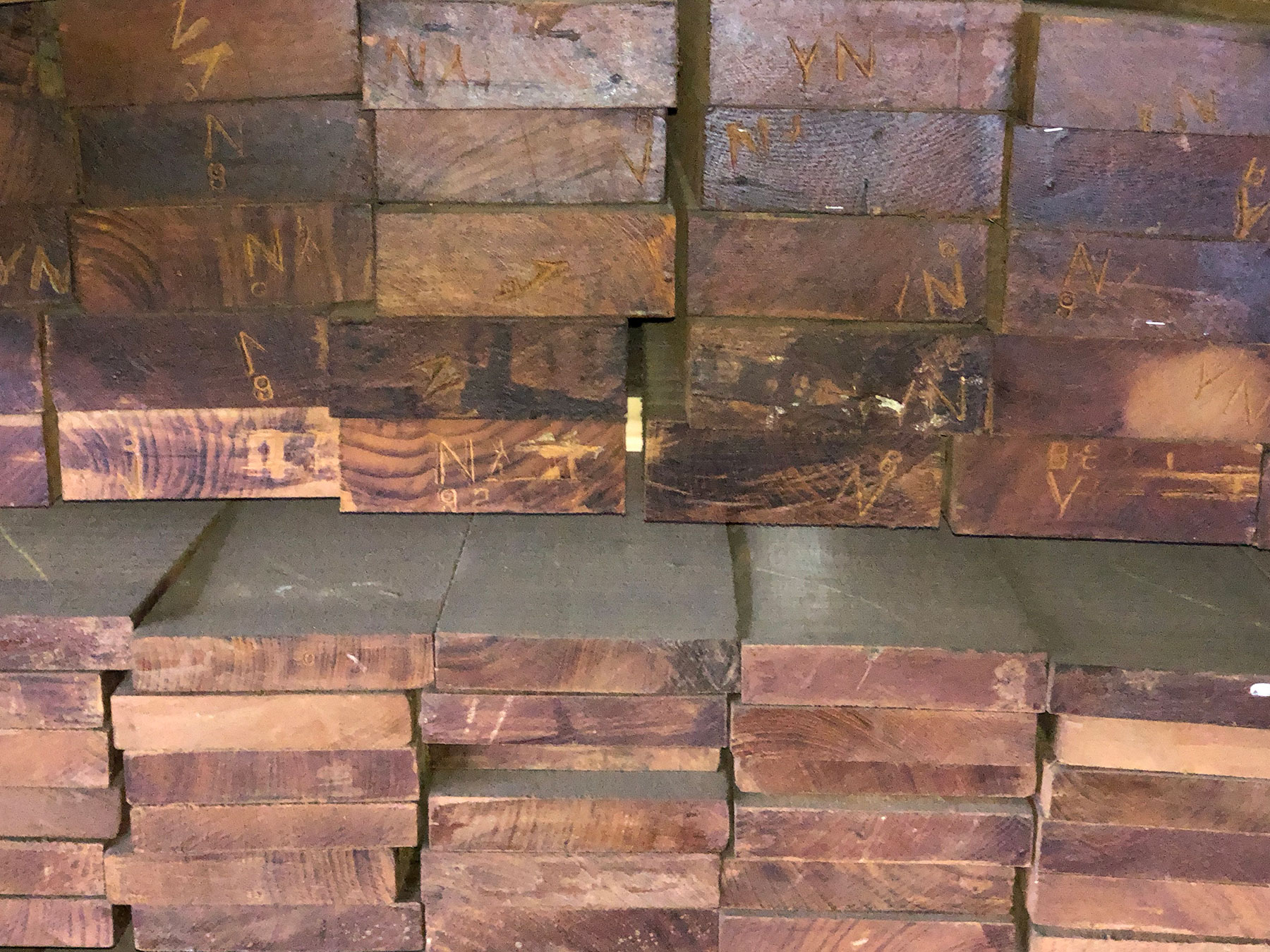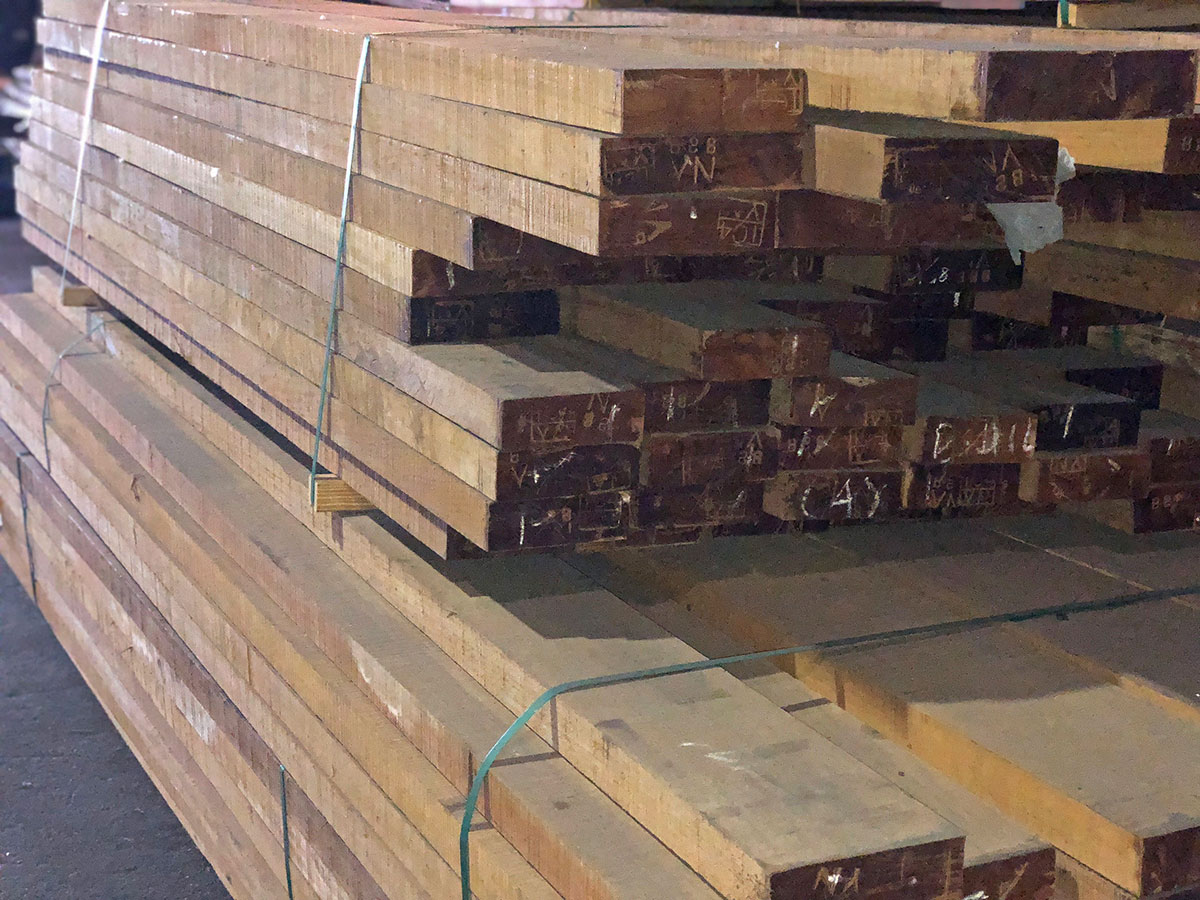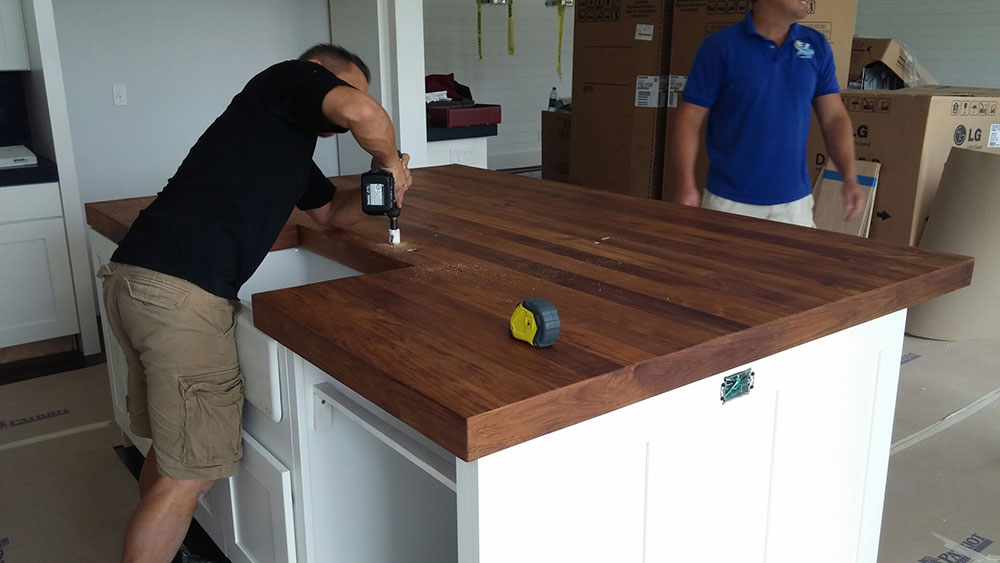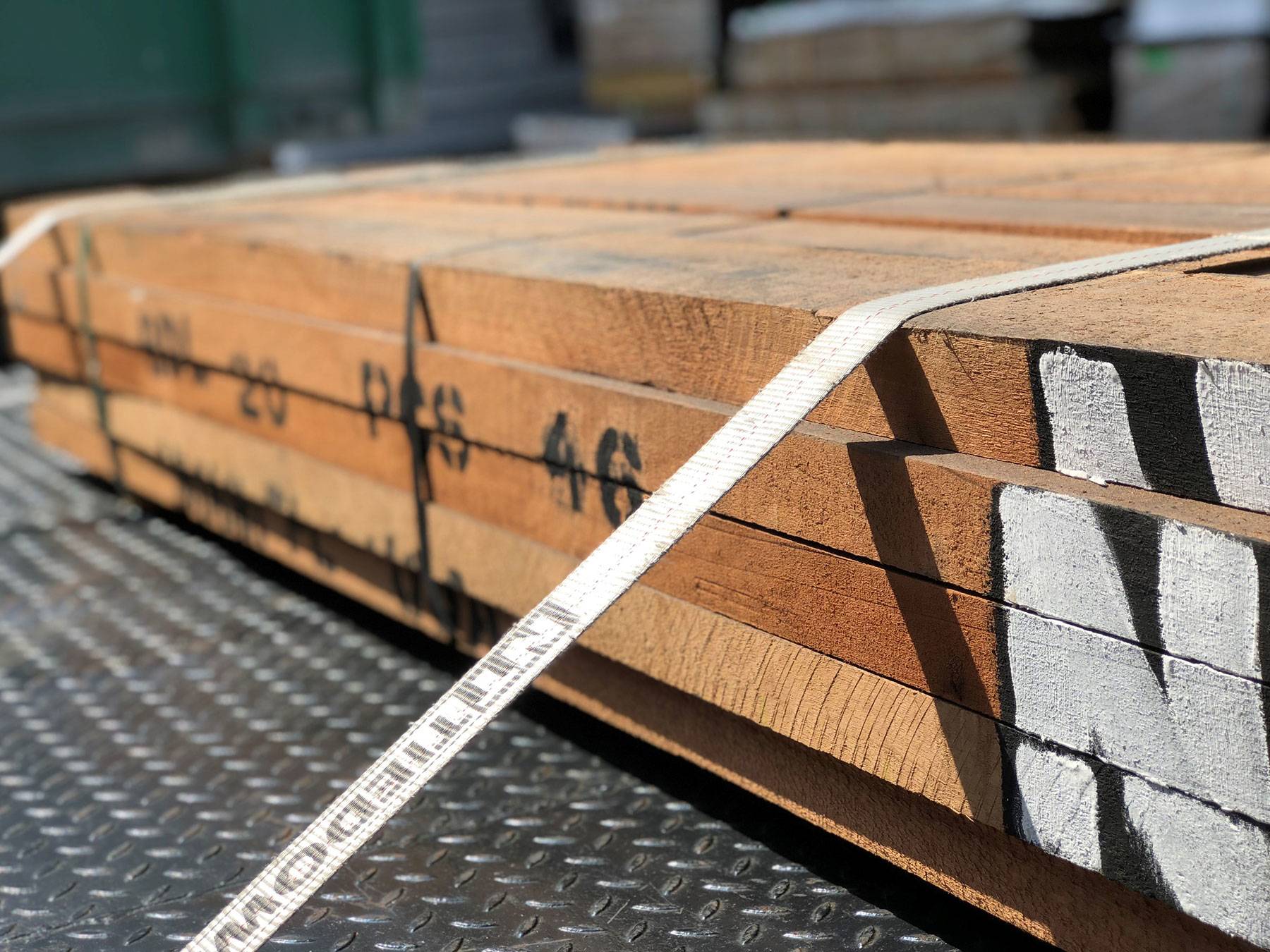Many woodworkers prefer to avoid wood with any voids or defects because they degrade the beauty or value of the finished product. Other woodworkers believe defects in their works of art are often highly prized. These woodworkers seek out and find wood with certain defects because it add unique character to the wood and the finished product. Other woodworkers prefer wood that is more straight forward. They require absolute uniform material to produce their piece. This article will explain how to handle wood defects.
Teak Hardwood
Even though it is durable you must still provide treatment and care for Teak Wood in order to protect it from the elements. When left untreated, teak wood will eventually weather to a grayish-silver patina that some Teak Wood lovers find unique and attractive. This aging process is purely cosmetic and does not affect the strength or quality of the teak wood. Some people buy Teak Wood with the intention of letting it weather. Other Teak Wood enthusiasts would rather it to maintain the rich golden color that teak wood holds when it is freshly milled.
Spanish Cedar
Spanish Cedar, or Cedrela odorata, comes from the Meliaceae family of trees and is found primarily in the Caribbean, Central America and South America. There is also decent quality Spanish Cedar wood grown on plantations in Ghana and The Ivory Coast. Like “Red Cedar” and the names of many other lumber species, the term this species is quite misleading.




